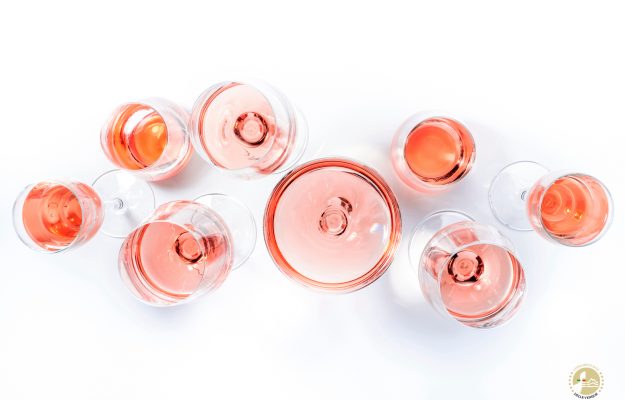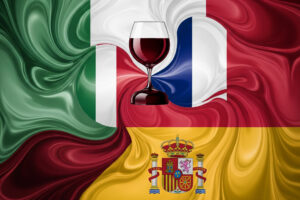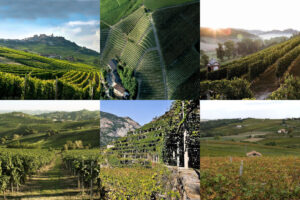Rosé is the last great trend of the wine world, which started in the United States some years ago, and it is capable of conquering wine consumers all over the world, from Germany to Canada to Italy itself. Where no one, among producers and territories, is insensitive to the needs of the market. But there are also those who are linked to rosé wine, or pink wine as it may be, by a thin thread, by the peculiarities of their prince vine, in an even casual way, extraneous to fashions, such as Pinot Grigio, on which the Doc delle Venezie, since 2017, in unsuspected times, has launched a research project led by Crea - Viticulture and Oenology Research Center of Conegliano, focused precisely on the rosé or coppery version of Pinot Grigio Doc of Veneto, Friuli-Venezia Giulia and Autonomous Province of Trento, one of the largest single-variety areas in the world.
It is not the chase after a trend, as already said, but, on the contrary, the rediscovery of a typology that to all intents and purposes represents the history and the wine-growing tradition of this wine-vine, closely tied to the Italian Northeast since the end of the 19th century, where today 85% of the national Pinot Grigio and 43% of the global one is produced. And that, following the issuing of the decree by the Ministry of Agriculture, and the subsequent publication in the Official Gazette of the text with the first official modification to the Production Disciplinary, will allow the Consorzio delle Venezie Doc, without changing the ampelographic base, to report on the label the terms “pink”, “rosé” or “coppery” referring to the specific type and that to all intents and purposes formalizes an already existing type.
Although it is mainly spread and known worldwide for its white version, Pinot Grigio owes its name to the typical grey color of the grape and for this reason the result of the “traditional” winemaking, that is left to macerate with skins for a variable time, is a coppery or “onion skin” color. The aim of the project, funded by the Veneto Region, is to study and compare the ampelographic properties of 17 clones of Pinot Grigio from different production areas of Italy, France, Germany and Serbia: shape and compactness of the bunch, shape of the berry, thickness of the skin, coloring properties (amount of polyphenols and anthocyanins), resistance to botrytis, are all fundamental qualitative information for the design of the new vineyard and for the management of winemaking processes, especially in the phases of mashing and maceration. A study of great scientific and popular interest, on two vintages, which will allow not only to select through the analysis of different samples the best clones of Pinot Grigio for the production of “rosé”, but also to define a real “color identity” to be applied also on the label, choosing the term more consistent with the result obtained - rosé or coppery - in order to take the best opportunities and market trends.
“In the meantime - says Diego Tomasi, who led the study - we set up another experimental plant with the aim of comparing 13 different rootstocks all grafted on Pinot Grigio. The change in climate, agronomic techniques, soil dynamics and quality expectations require a careful and perhaps different choice of rootstock. Physiological and gene expression verifications should lead in few seasons to new advices for the viticulturist”.
“It is by now evident that the trend of rosé is strongly growing - says the president of the Consortium, Albino Armani - and I would like to underline that our attention towards this type is not related to any market fashion or to the moment. It is a completely independent work started at the beginning of our Doc, which boasts very solid bases and important preliminary studies on the oenological and viticultural aspects. The research will be useful to our Pinot Gris producers in order to make a great rosé and to categorize it in a precise and scientific way, especially now that we obtained the approval of the modification of the disciplinary which finally allows us to formalize a category which has always been ours”.
Copyright © 2000/2025
Contatti: info@winenews.it
Seguici anche su Twitter: @WineNewsIt
Seguici anche su Facebook: @winenewsit
Questo articolo è tratto dall'archivio di WineNews - Tutti i diritti riservati - Copyright © 2000/2025








































































































































































































